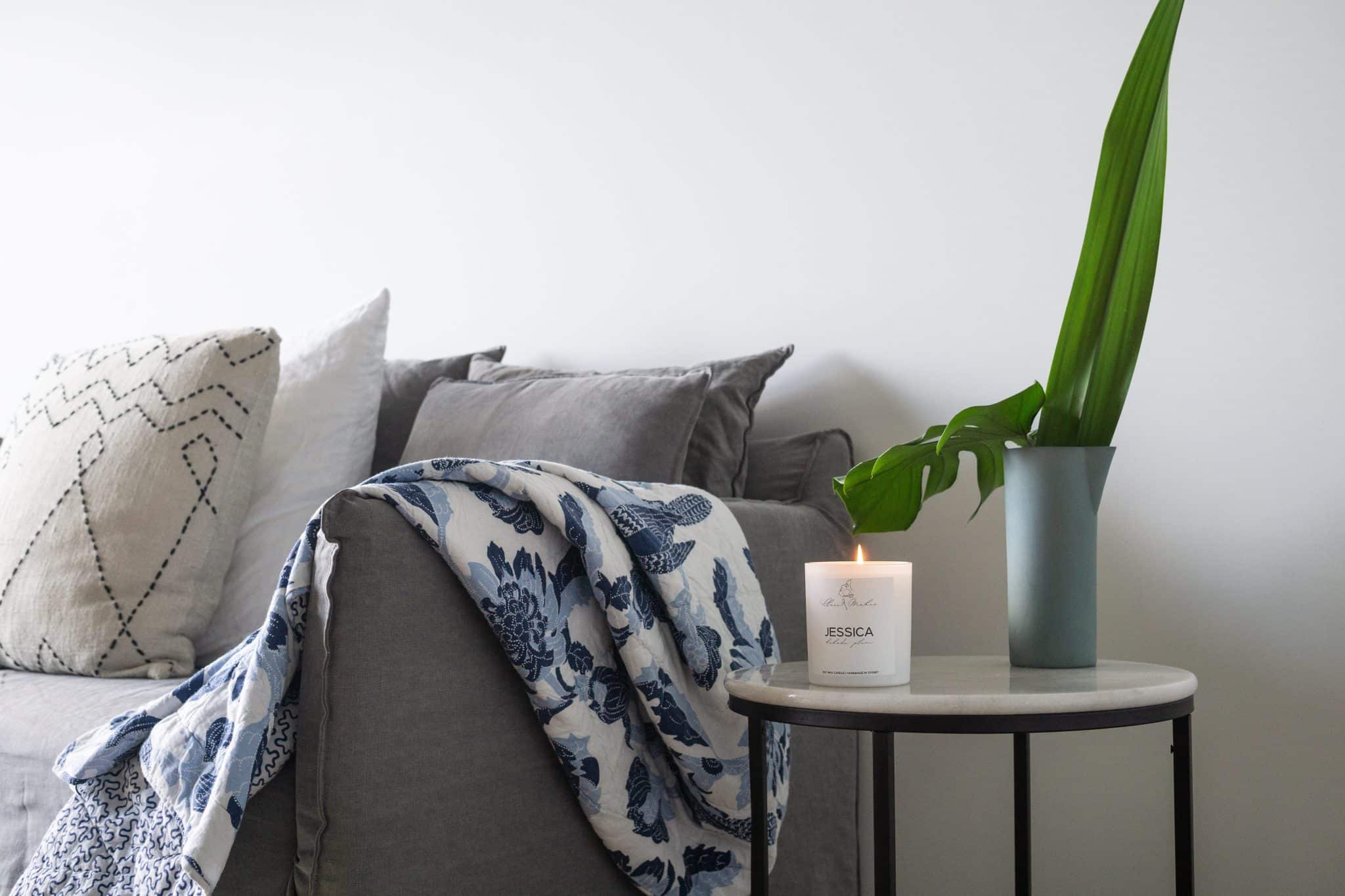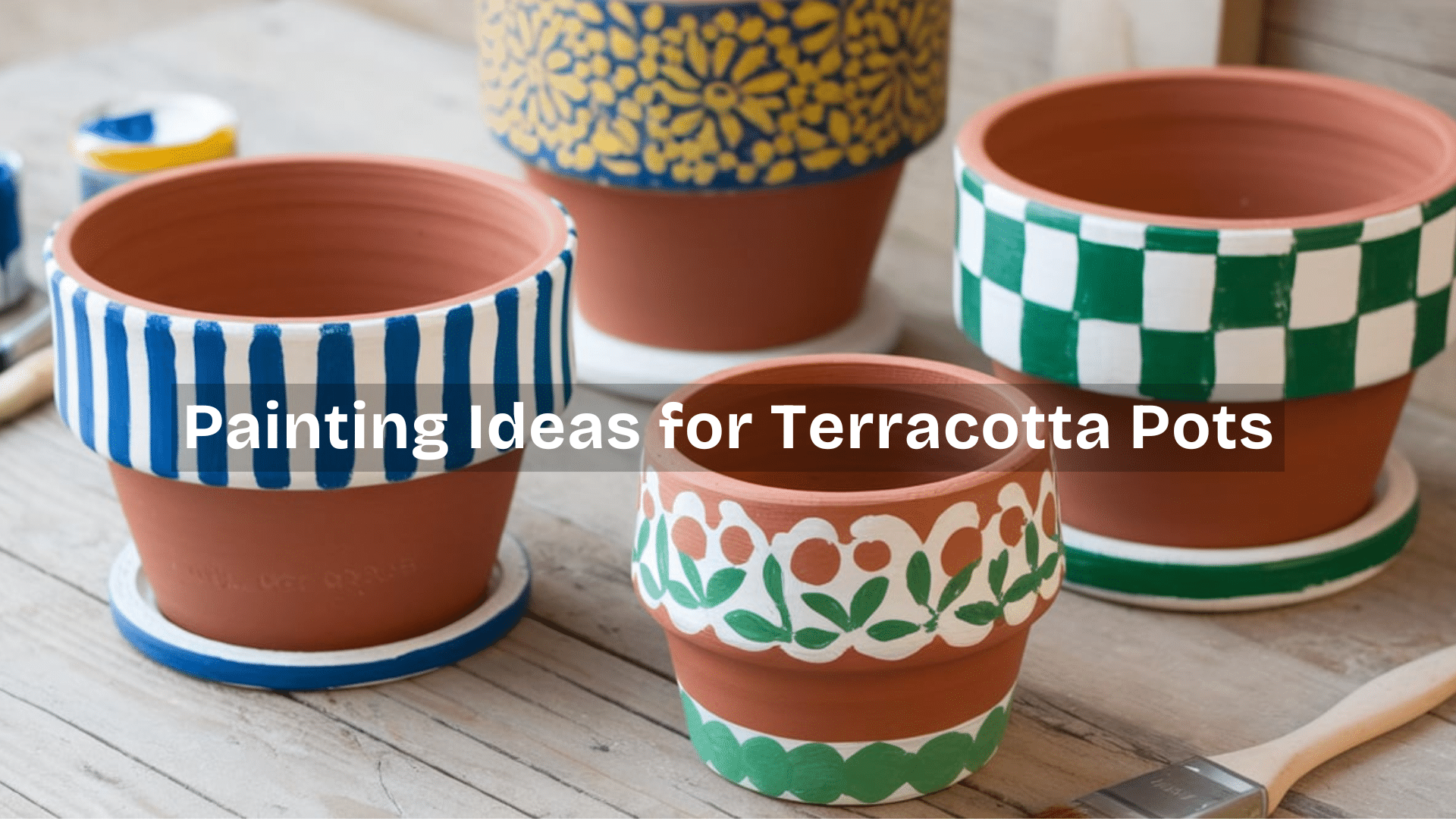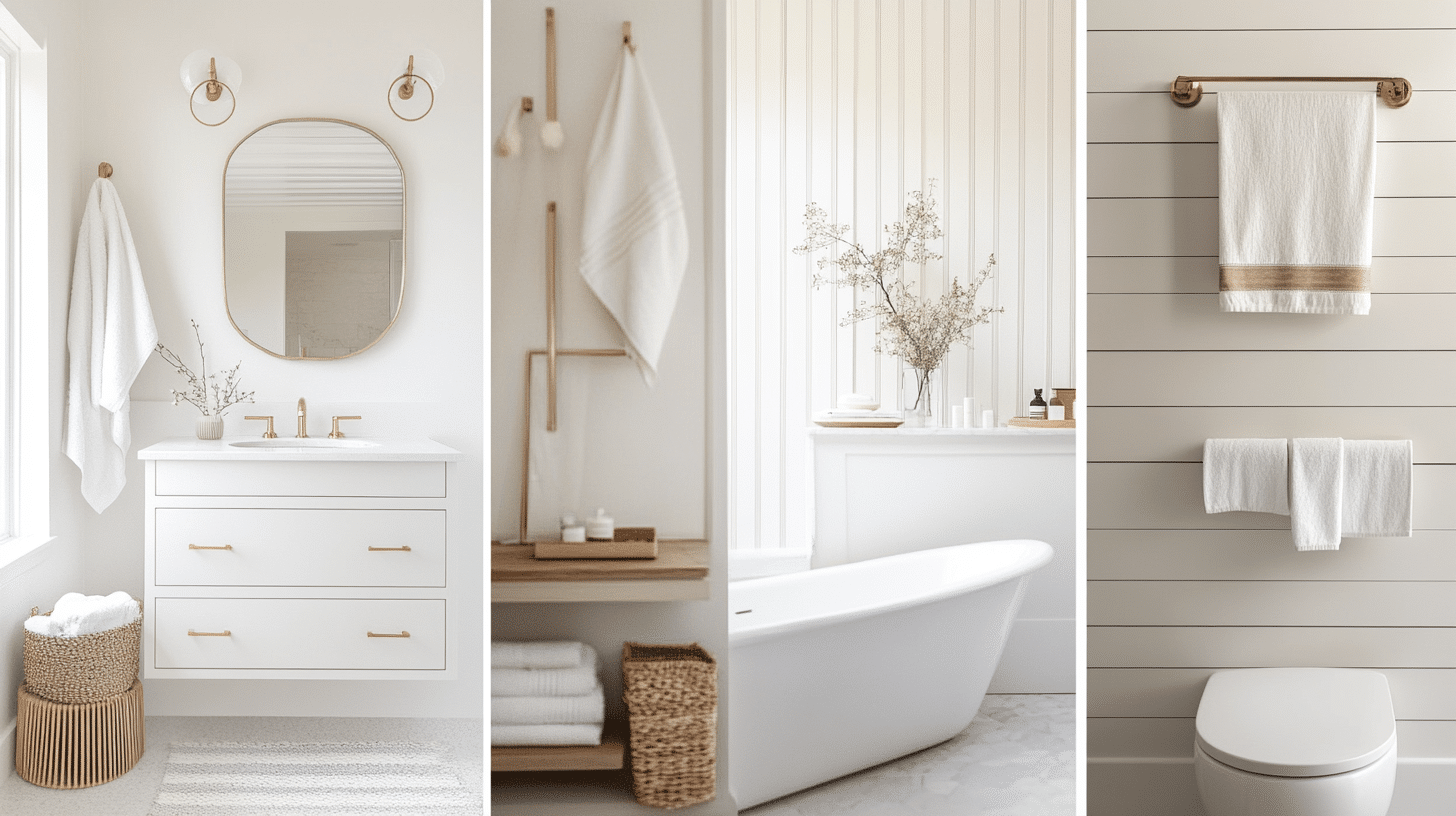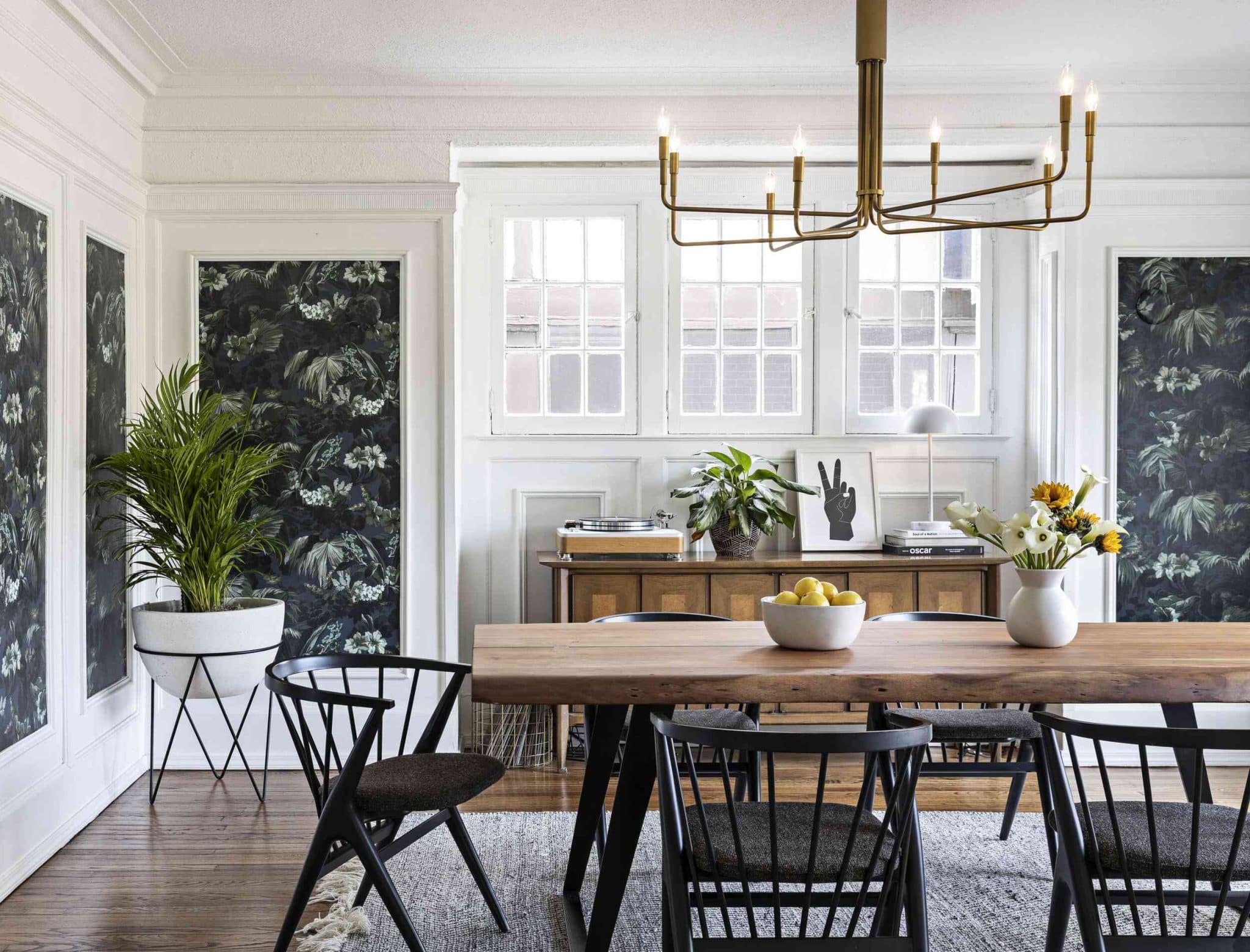A Guide to Sustainable Home Decor: Eco-Friendly Trends and Practices
The shift towards sustainability has become increasingly prominent in various aspects of our lives, and home decor is no exception. In recent years, there’s been a growing awareness about the environmental impact of our lifestyle choices, including how we furnish and decorate our homes.
Sustainable home decor isn’t just a trend; it’s a movement towards a more responsible and eco-friendly way of living. It’s about creating spaces that are not only aesthetically pleasing but also environmentally conscious and ethical.
This movement towards sustainable decor is driven by a desire to reduce waste, use resources responsibly, and support eco-friendly practices.
It involves choosing furniture, textiles, and accessories that are made with sustainable materials, have a minimal environmental impact, and can be recycled or upcycled. As we become more aware of our planet’s fragility, these choices become increasingly significant.
For many students and young professionals, the concept of sustainable home decor might seem daunting, particularly when balancing it with other responsibilities like coursework and jobs. Some might even feel it’s as challenging as finding a reliable coursework writing service for their academic needs.
However, integrating sustainable practices into home decor can be both simple and rewarding, offering a chance to be creative, resourceful, and environmentally conscious.
Embracing Eco-Friendly Materials
One of the key aspects of sustainable home decor is using eco-friendly materials. This includes furniture from sustainably sourced wood, bamboo, or recycled materials. For textiles, options like organic cotton, linen, and hemp are not only sustainable but also add a natural and cozy feel to your space.
When shopping for decor items, look for certifications like FSC (Forest Stewardship Council) for wood products or GOTS (Global Organic Textile Standard) for fabrics, ensuring they meet environmental and social standards.
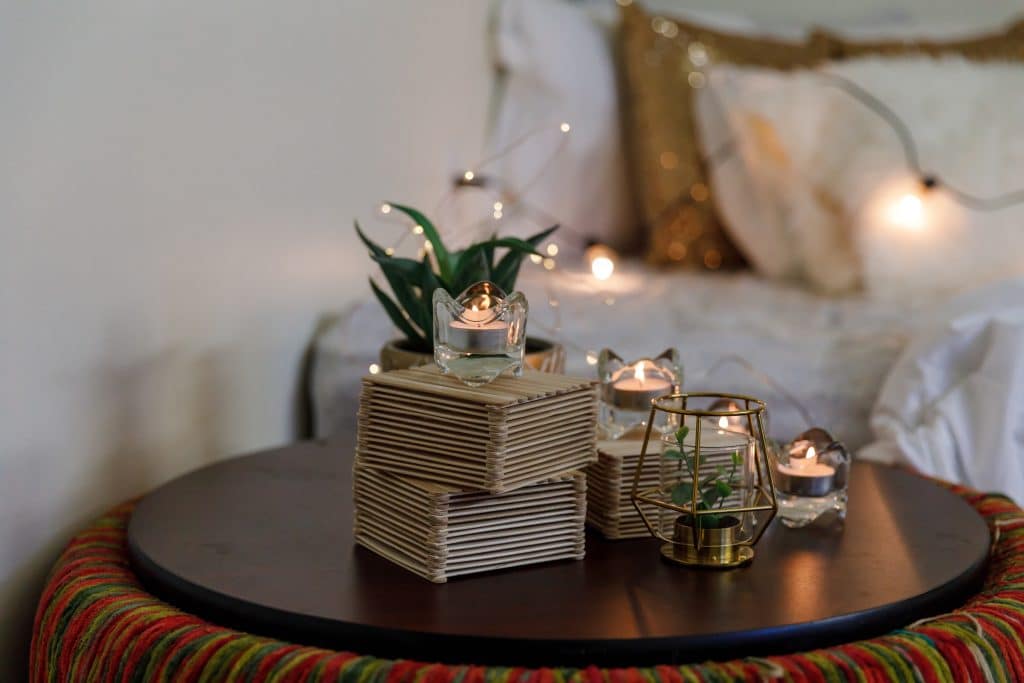
Energy-Efficient Lighting and Appliances
Another essential element of sustainable decor is energy efficiency. Opting for LED lighting instead of traditional incandescent bulbs can significantly reduce energy consumption.
Similarly, choosing energy-efficient appliances can lower your carbon footprint and save on utility bills. Look for the ENERGY STAR label when selecting appliances like refrigerators, washing machines, and air conditioners, indicating high energy efficiency.
Repurposing and Upcycling
Sustainable home decor also involves thinking creatively about how you can repurpose or upcycle items. Instead of buying new, consider how existing furniture can be given a new life with some DIY.
Upcycling not only reduces waste but also allows you to create unique, personalized pieces for your home. For instance, an old ladder can be transformed into a chic bookshelf or vintage suitcases can be stacked to make a quirky nightstand.
Reducing and Reusing
Reducing waste is a critical part of sustainable living. Before purchasing new items, consider if you really need them or if something you already own can serve the purpose. Reusing decor items not only saves money but also reduces the demand for new resources.
Additionally, when you do need to buy, look for items that are durable and of good quality, ensuring they last longer and don’t end up in a landfill prematurely.
Supporting Eco-Friendly Brands
When you do need to purchase new decor items, support brands and businesses that prioritize sustainability. Many companies are now embracing eco-friendly practices, from using recycled materials to ensuring fair labor practices. By supporting these businesses, you’re contributing to a market that values sustainability and ethical practices.
Plant-Based Decor
Incorporating plants into your home decor is not only aesthetically pleasing but also beneficial for the environment. Plants help purify the air, reduce stress, and create a more inviting and relaxing atmosphere. Opt for indoor plants that are easy to care for and suitable for your living space’s light conditions.
Sustainable Paints and Finishes
If you’re considering painting or refinishing furniture, opt for sustainable paints and finishes. Look for products with low or no VOC (Volatile Organic Compounds) emissions, which are better for the environment and your health. These products minimize indoor air pollution and are a safer choice for your home.
Eco-Friendly Cleaning and Maintenance
Maintaining your home eco-friendly is just as important as the initial decor choices. Use natural, non-toxic cleaning products to keep your space clean and healthy. You can even make your own cleaning solutions using ingredients like vinegar, baking soda, and lemon, which are effective and environmentally friendly.
Mindful Consumerism in Home Decor
The concept of mindful consumerism plays a crucial role in sustainable home decor. This involves being more intentional about your purchases, considering the longevity and environmental impact of each item. It’s about shifting from a mindset of quantity to one of quality.
Choose items that not only look good but are also made to last, reducing the need for frequent replacements. This approach not only reduces waste but also ensures that your home remains a space of timeless design and sustainable function.
Sourcing Locally and Ethically
Another important aspect of sustainable decor is sourcing items locally and ethically. Purchasing from local artisans and craftsmen not only supports the local economy but also reduces the carbon footprint associated with transporting goods over long distances.
Furthermore, local artisans often use traditional methods and materials that are more environmentally friendly and less industrialized. By choosing locally sourced decor, you’re not only adding unique and personal touches to your home but also contributing to a more sustainable economy.
The Role of Technology in Sustainable Decor
Technology also plays a significant role in sustainable home decor. Smart home devices, such as thermostats and lighting systems that can be controlled remotely, help reduce energy consumption.
Additionally, advancements in materials science have led to the development of more sustainable and eco-friendly materials that can be used in furniture and home accessories. Embracing these technological advancements can make your home more energy-efficient and sustainable.
Final Thoughts
Adopting sustainable practices in home decor is not just a trend; it’s a necessary shift towards a more responsible and conscious way of living. It’s about creating a home that is not only a reflection of your personal style but also your commitment to the environment.
By making thoughtful choices, from the materials you use to how you consume, you contribute to a healthier planet and a more sustainable future. Remember, each small step you take towards sustainability in your home makes a significant impact. So start today and transform your living space into an eco-friendly haven that inspires and nurtures.

